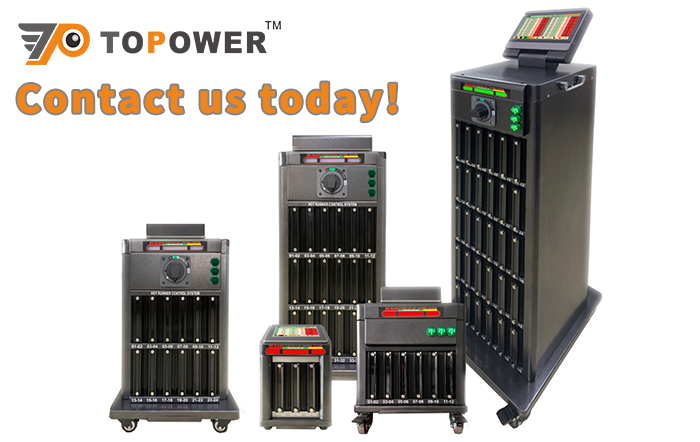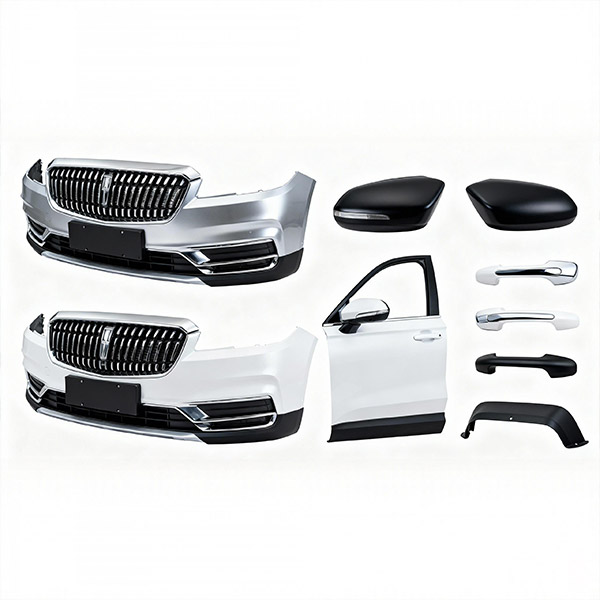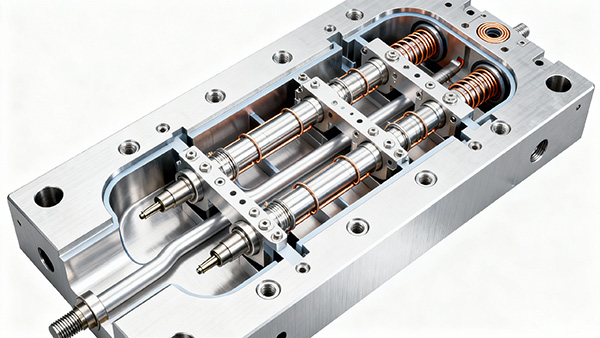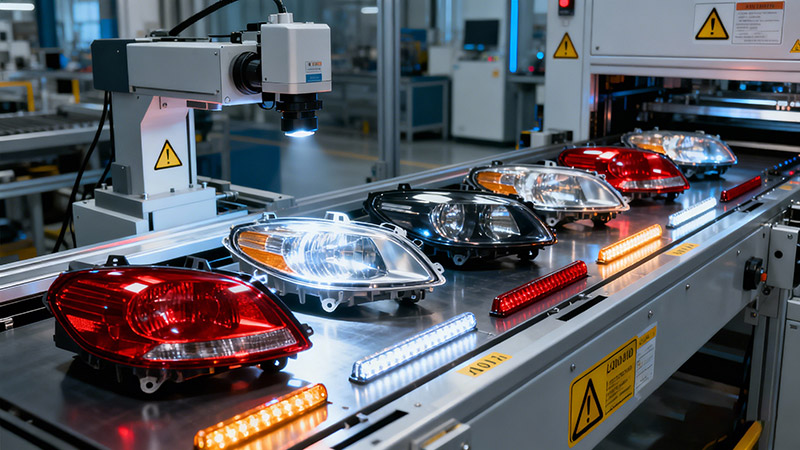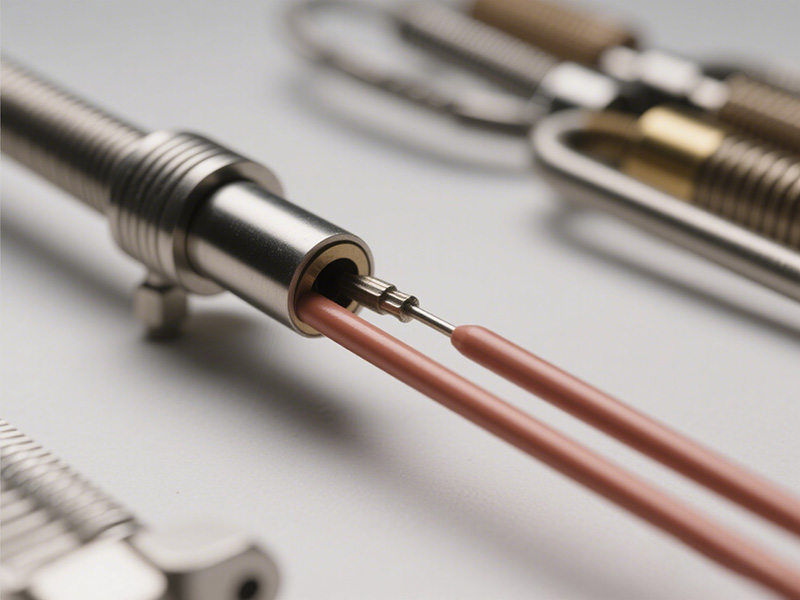Choosing the right material is one of the most critical steps in automotive plastic injection ...
How Hot Runner Systems Are Revolutionizing Electronic Component Molding
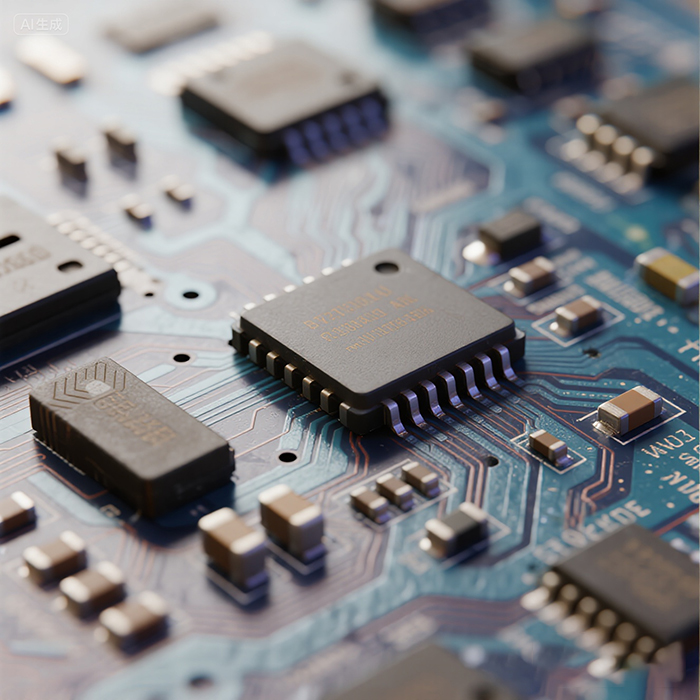
Introduction
The electronics industry is advancing at a rapid pace, driven by the need for miniaturized, high-precision components used in smartphones, automotive electronics, and smart devices. However, achieving tight tolerances, defect-free surfaces, and material efficiency is challenging with traditional molding systems.
Hot runner technology is transforming this landscape, delivering precision, efficiency, and sustainability in electronic component molding. In this article, we’ll explore:
What hot runner systems are and why they matter in electronics manufacturing.
How they improve precision, reduce waste, and shorten cycle times.
The role of temperature control and advanced features like valve gate systems.
Best practices for maintenance and energy efficiency.
Future trends, including AI and smart hot runner controls.
The Importance of Precision in Electronic Component Molding with Hot Runners
Precision is critical in electronic component molding because even a micron-level deviation can lead to failure in devices like connectors, housings, and sensors.
Hot runners ensure uniform melt flow and temperature distribution, eliminating defects such as short shots, warping, and flow lines. Unlike cold runners, which cool unevenly and cause dimensional variations, hot runners maintain consistent quality across multi-cavity molds—a must for electronics.
Material Waste Reduction: Why Hot Runners Are Ideal for Electronics Manufacturing
Electronic components are often molded from high-performance engineering plastics like PBT, LCP, or PA66, which are expensive. Cold runners generate waste in sprues and runners, driving up material costs.
Hot runner systems eliminate runner waste, saving up to 20–30% on material costs. For large-scale electronics production, this translates to significant savings and improved sustainability.
Multi-Zone Temperature Control in Hot Runner Systems for Electronics
Maintaining the right temperature is essential to prevent material degradation and ensure consistent cavity filling. Advanced hot runner systems use multi-zone temperature control to deliver precise heat regulation for each nozzle and manifold.
At CNTOP, our Hot Runner Temperature Controllers feature real-time monitoring, intelligent alarms, and energy-efficient designs to keep electronic molding processes stable and defect-free.
Hot Runner Valve Gate Systems for Micro Electronic Components
Miniaturized electronics require micron-level accuracy. Valve gate hot runner systems provide controlled gating, ensuring perfect part aesthetics, minimal gate vestige, and precise filling for complex micro-components like switches and connectors.
CNTOP supports valve gate technology, integrated with smart temperature control for ultimate performance in high-end electronics.
How Hot Runners Improve Cycle Time in Electronic Injection Molding
Time is money in electronics manufacturing. Cold runner systems increase cycle times because the runners must cool and be ejected.
Hot runners remove this step, reducing cycle time by 10–30%, boosting productivity, and enabling faster time-to-market for new products.
Best Practices for Hot Runner Maintenance in Electronics Applications
Hot runner systems require regular inspection and preventive maintenance to ensure consistent performance:
Clean nozzles and manifolds to avoid material buildup
Check heater and thermocouple integrity regularly
Use advanced diagnostics (CNTOP controllers provide real-time error detection)
Proper maintenance minimizes downtime and extends equipment life.
Common Challenges in Electronic Component Molding and How Hot Runners Solve Them
Challenges:
Dimensional instability in micro parts
Burn marks or degradation of heat-sensitive polymers
Gate aesthetics issues
Hot Runner Solutions:
Uniform heating prevents degradation
Valve gating improves aesthetics
Precision temperature control ensures defect-free molding
Energy Efficiency in Electronic Injection Molding: The Hot Runner Advantage
Energy costs are rising, and sustainability is a priority. While hot runners consume electricity for heating, they save energy overall by reducing cycle times, eliminating runner regrinding, and minimizing machine downtime.
CNTOP controllers include energy optimization features, making your molding process eco-friendly and cost-effective.
Hot Runner Technology for Automotive Electronics Components
The automotive industry demands robust, heat-resistant electronics, such as sensors, connectors, and control modules. Hot runners excel in molding these parts by providing high consistency, reduced defects, and shorter cycles—even in glass-filled polymers.
Future Trends: AI and Smart Control in Hot Runner Systems for Electronics
The next evolution of hot runner systems includes:
AI-driven temperature control for predictive quality management
Industry 4.0 integration for remote monitoring and analytics
Energy optimization algorithms for sustainable production
CNTOP is developing smart control systems to meet these future demands, ensuring our clients stay ahead in the electronics market.
Conclusion
Hot runner systems have revolutionized electronic component molding, delivering precision, efficiency, and sustainability. From reducing material waste to enabling micro-molding for complex electronics, the benefits are clear.
At CNTOP, we provide state-of-the-art hot runner temperature controllers designed for the demanding requirements of the electronics industry.
Ready to optimize your molding process? Contact CNTOP today for expert solutions.
